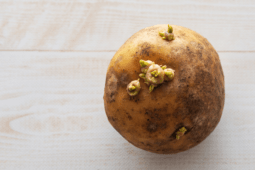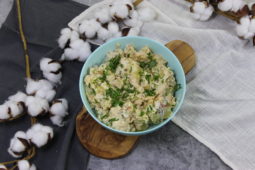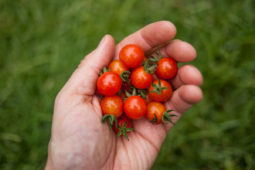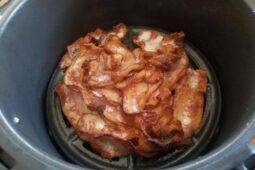5 Foods You Should Never Refrigerate (And Why It Matters)
Refrigeration seems like the best way to keep food fresh, but for some items, it does more harm than good. Certain foods become more prone to mold growth when exposed to cold, damp conditions. Worse, some can even develop unsafe bacteria that make them inedible. Here are five foods you should keep out of the refrigerator and why it makes a difference.
1. Potatoes
Refrigerating potatoes not only alters their taste and texture but also promotes mold growth. The cold temperature increases moisture retention in the potatoes’ skins, leading to soft spots where mold can take hold. Once mold starts forming, it can spread quickly throughout the entire potato.
Instead, store potatoes in a cool, dark, and well-ventilated place, such as a pantry or basement. Avoid storing them in plastic bags, as this traps moisture and accelerates spoilage. Keeping them dry and in the right conditions helps prevent mold growth and extends their shelf life.
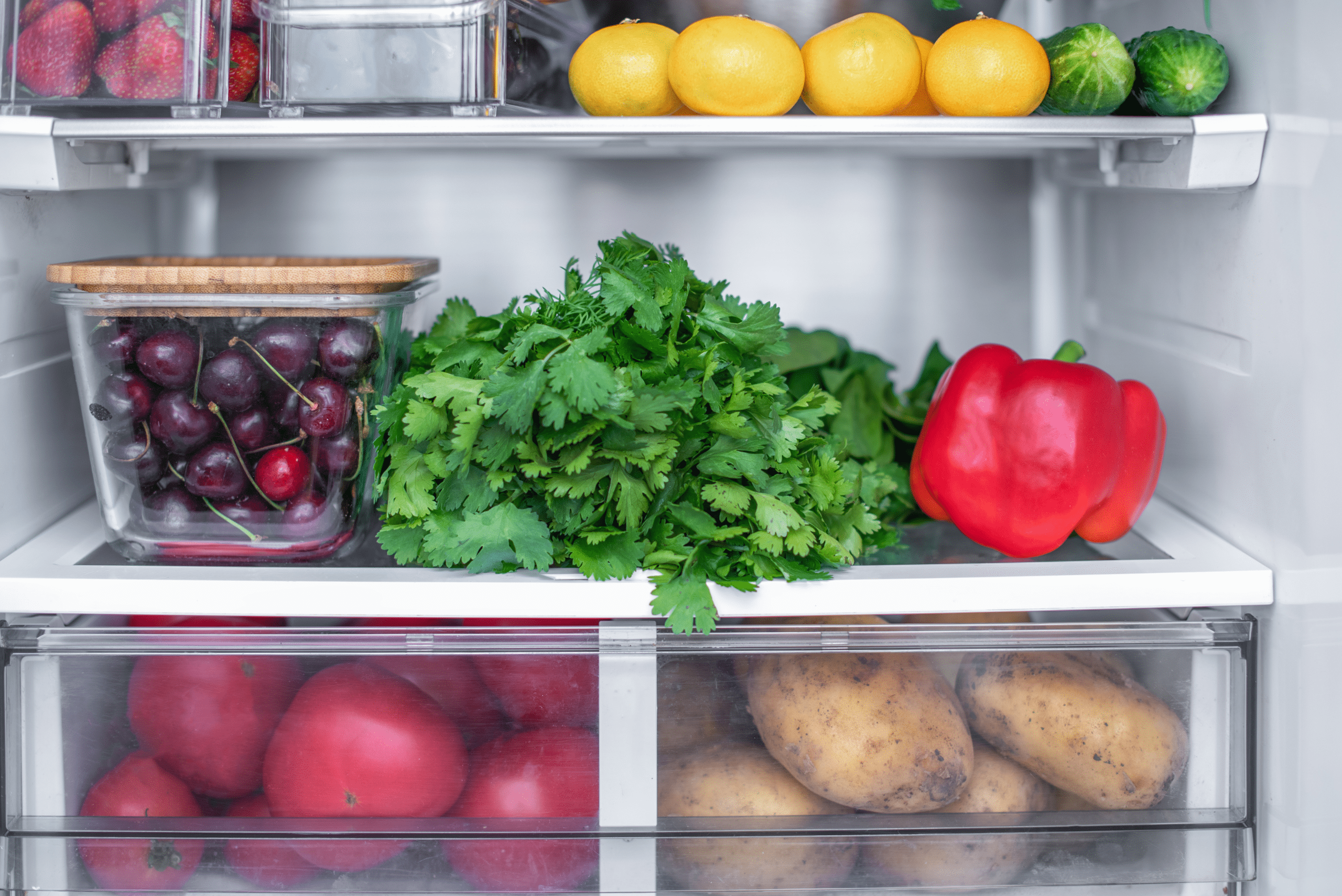
2. Onions
Tossing onions in the fridge might seem like a good idea, but it actually accelerates mold growth. The fridge’s moisture seeps into the onion’s thin outer layers, making them soft and prone to mold spores. This not only ruins their texture but also makes them spoil faster.
Instead, store onions in a cool, dry, well-ventilated place, such as a pantry or a mesh bag on the counter. Keeping them away from potatoes is also important, as both release gases that promote spoilage. When stored properly, onions remain firm and flavorful for weeks.
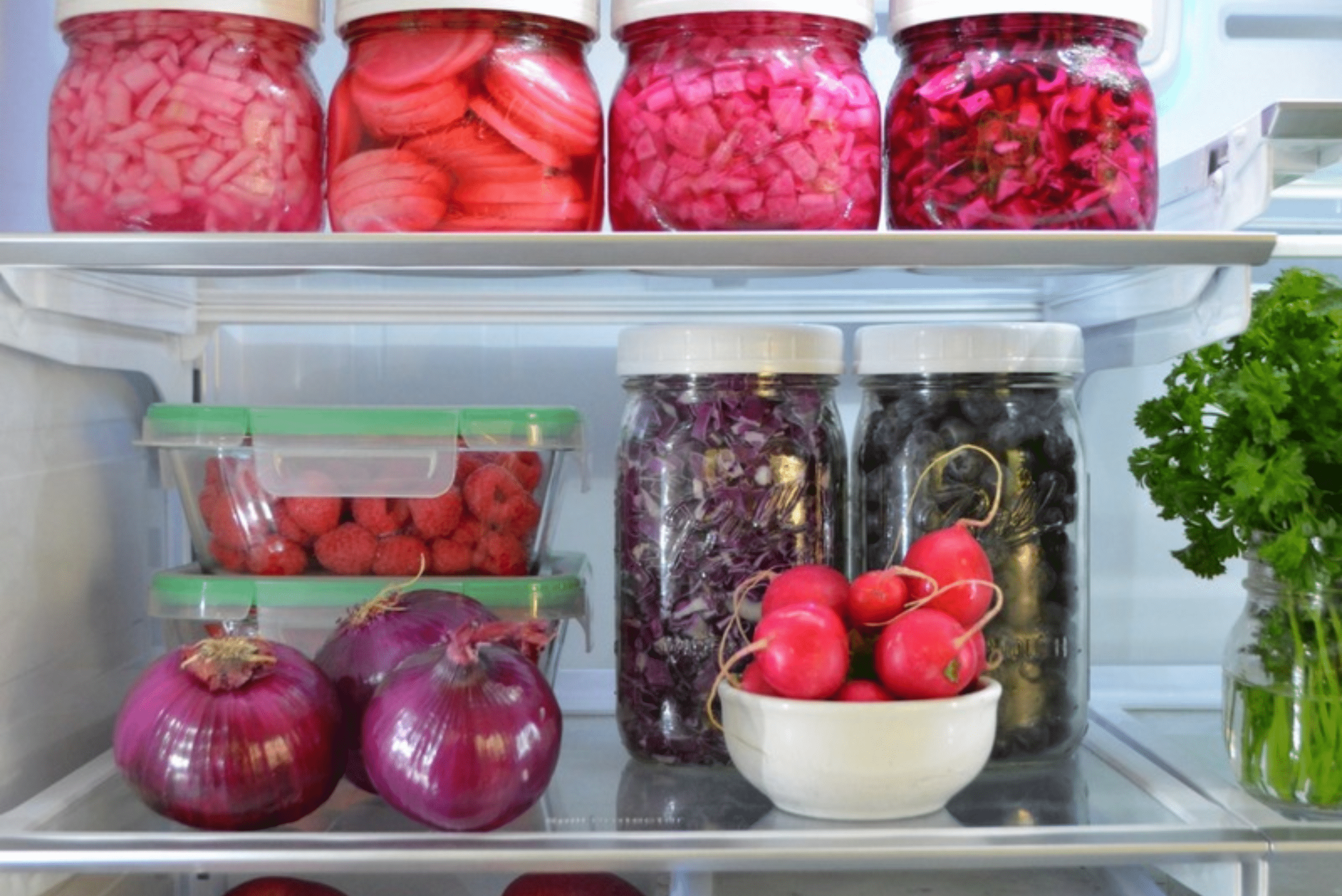
3. Garlic
Garlic is another ingredient that quickly succumbs to mold in the fridge. The cold, humid environment speeds up sprouting, making the cloves bitter, while excess moisture encourages mold to form on the papery skins and between the cloves, leading to slimy, unusable garlic.
To keep garlic fresh, store it in a dry, well-ventilated container at room temperature. A mesh bag or a garlic keeper allows for airflow and prevents excess moisture from accumulating. Whole bulbs can last for months this way, while peeled cloves should be used within a week or two.
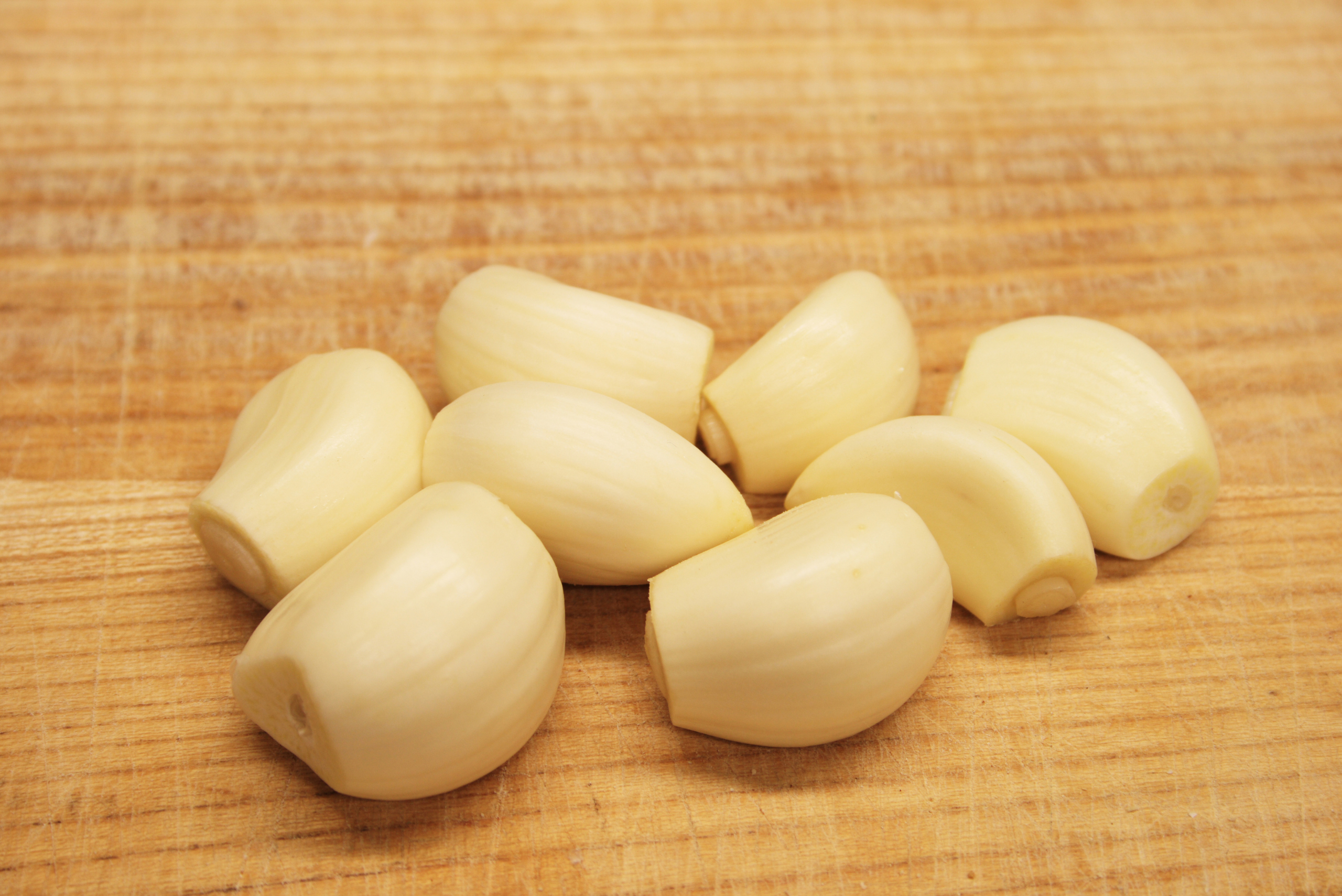
4. Ginger
Ginger’s naturally fibrous texture makes it susceptible to moisture buildup, which can lead to mold growth in the fridge. The cold temperatures cause condensation to form on the root’s surface, encouraging mold to develop in its crevices. This not only shortens its lifespan but also makes it unsafe to use.
For best results, store fresh ginger in a cool, dry place, like your pantry. If you need to store it longer, wrap it in a paper towel and keep it in a resealable bag at room temperature. Alternatively, freezing peeled ginger in an airtight container preserves its freshness while preventing mold.

5. Cooked Rice
Cooked rice stored improperly can become a breeding ground for mold and bacteria. When placed in the fridge while still warm, condensation forms inside the container, creating the perfect damp environment for mold spores to thrive. Additionally, the bacteria Bacillus cereus, commonly found in rice, can survive refrigeration and multiply.
To safely store cooked rice, let it cool completely before transferring it to an airtight container. Keep it in the fridge for no more than a day or two. If you need to store it longer, freezing is the best option. Always reheat rice thoroughly to eliminate any potential mold or bacteria.
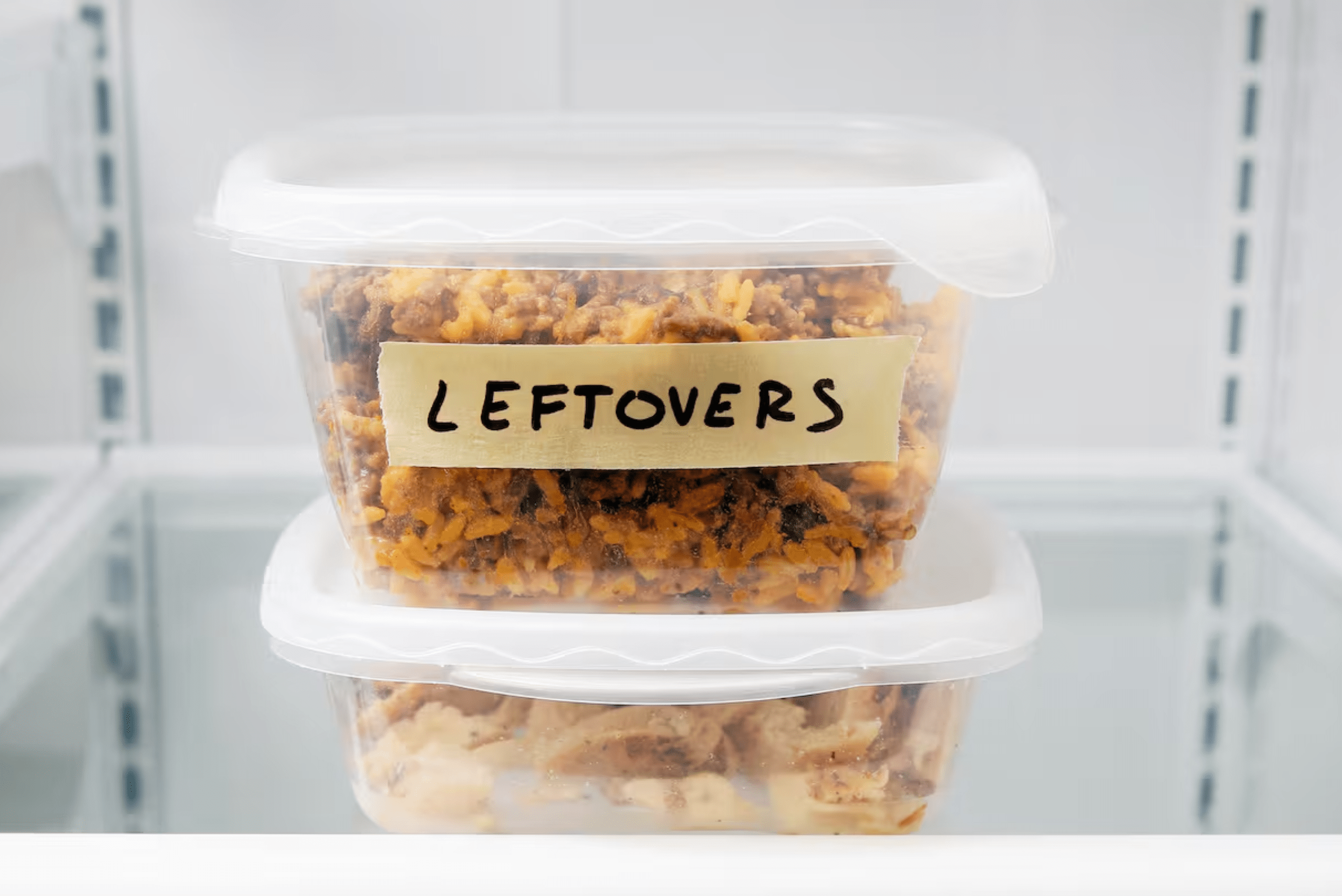
Related Articles
- The Most Common Expired Condiments Hiding in Your Fridge
- How to Tell If Your Fridge Is Set to the Wrong Temperature
- Gross Storage Mistakes That Are Ruining Your Potatoes
Understanding where to store your food is just as important as choosing the right ingredients. By keeping these five foods out of the fridge, you can prevent mold growth, preserve their freshness, and reduce food waste. A little storage know-how goes a long way in keeping your kitchen ingredients safe and delicious!


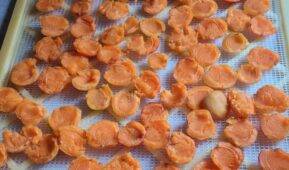
![How to Make Perfect Salmon Jerky [No Dehydrator Required]](https://www.manmadediy.com/wp-content/uploads/sites/52/2020/11/how-to-make-the-perfect-homemade-salmon-jerky-94084-128x170.jpeg)
